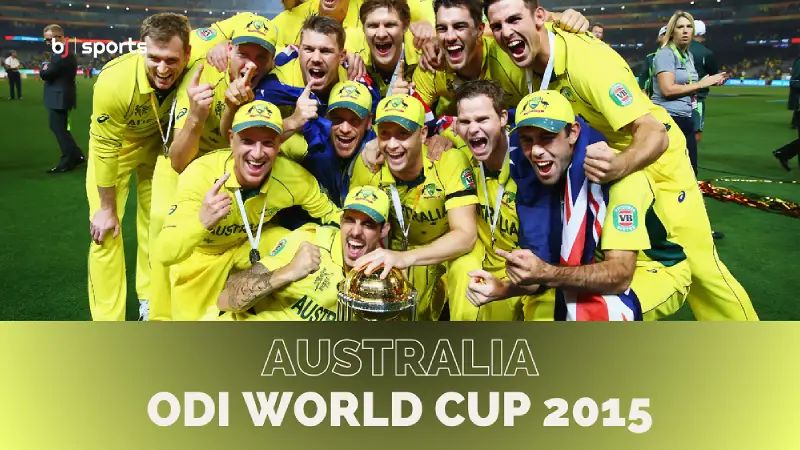
The 2015 Cricket World Cup final was held on March 29, 2015, at the Melbourne Cricket Ground in Melbourne, Australia. It happened between the competition’s two co-hosts, Australia and New Zealand. Australia won their sixth World Cup after winning by a margin of seven wickets against the opposition.
What happened during the Cricket World Cup in 2015?
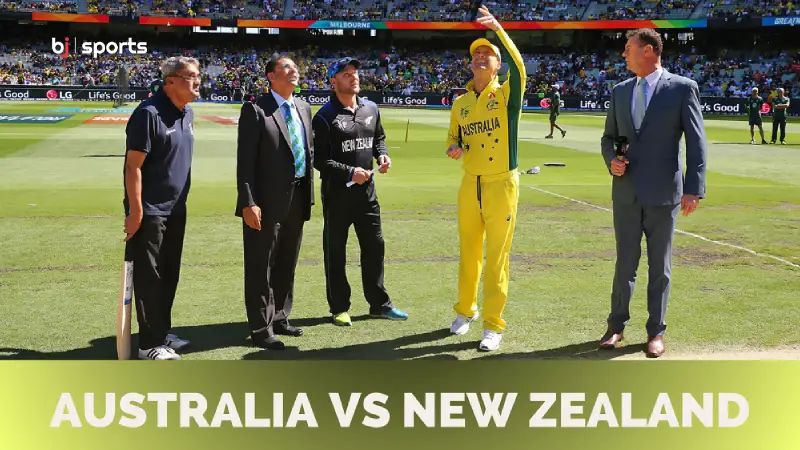
By the fifth ball, crucial skipper Brendon McCullum was out of the match, and New Zealand was bowled out for 183. Grant Elliott held steady at 83 as Mitchell Starc, Mitchell Johnson, and James Faulkner shared eight wickets.
Even though they only needed 74 runs from captain Michael Clarke and 56 from Steve Smith to look strong, Australia triumphed by seven wickets in 33.1 overs. In his last one-day international, Clarke was hailed by his teammates on the boundary and given a standing ovation by the record 93,000 fans when Matt Henry bowled him with eight needed. He was a part of the Australian team that set a new record for the most trophies won by the team when they won the World Cup in 2007. On every other team, there are two.
Also read: India’s Historic Victory in 2011
Australia’s victory was the second in as many championships by a host nation, after India’s triumph four years earlier. It gave a happy end to a tragic Australian season that had seen batsman Phillip Hughes die in Sydney in November after being struck by a ball in the neck. In their first final, New Zealand was thoroughly outclassed after losing six of their previous semifinal encounters.
They prepared for victory in Melbourne with eight consecutive wins, all at home. Many speculated before the game about how McCullum’s club would respond to the new situation. They had won what was considered a crucial toss, but their innings was practically gone before it had begun. The competition’s most potent new-ball attacker, McCullum, attempted two strong smashes at Starc but was unsuccessful in both attempts. Then someone expertly delivered a yorker to him.
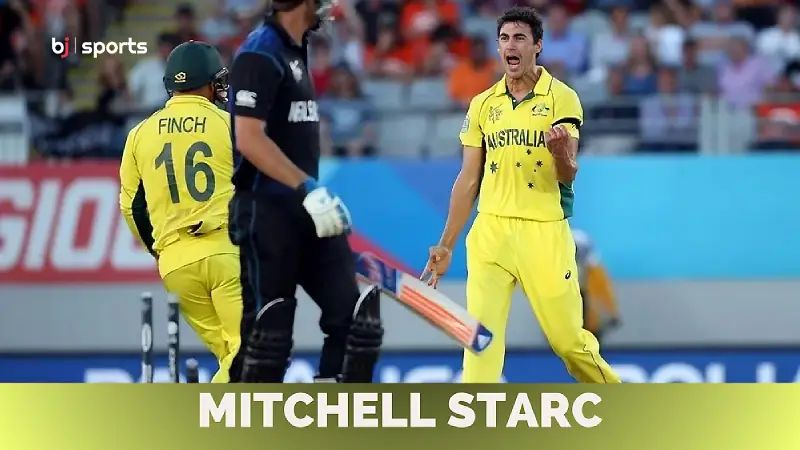
The pitch was a little two-paced and offered both turn and some uneven bounce, so it was far from being the hitting paradise that was anticipated. However, nothing should be taken away from Australia’s pace attack, especially not from Starc’s aggressive bowling, which found movement off the seam as well as in the air. Even though they held on without much progress, New Zealand looked helpless when Glenn Maxwell’s off-spin was able to get past a careless Martin Guptill shot and Kane Williamson whacked back to Johnson. But they battled back from a 39-3 deficit, aided by semifinal hero Elliott and Ross Taylor.
In the World Cup semifinal and final, Elliott became the fifth player to achieve fifty runs as he successfully overturned a Maxwell leg before wicket call on 15. Elliott almost exclusively used the off-side to score runs. With 40 runs in a 111-run stand, Taylor provided the batting powerplay with impetus. But it was on the powerplay that things went awry for New Zealand, as Brad Haddin athletically caught Taylor behind, forcing Faulkner to return and bowl Corey Anderson two balls later. After losing three wickets for one run in eight deliveries, Luke Ronchi made a horrendous whiff that resulted in a slip from Starc.
Also read: Australia became the first nation to win three consecutive World Cups in 2007
Elliott was caught behind trying to heave Faulkner, and it was the pinnacle of Australian superiority when Maxwell expertly ran out non-striker Tim Southee for the final wicket with a direct smash. 33 runs were lost by New Zealand at a cost of seven wickets. Australia’s chase got underway quickly despite Trent Boult’s dismissal of Aaron Finch for inside-edge onto his pad. This was due to David Warner’s rapid forty-five.
After realising he’d been hooking Henry, a period of pressure set in that both Clarke and Smith found difficult to absorb; the latter needed good fortune to see the bails hold as a Henry ball trickled down to the base of the stumps. It would be New Zealand’s last chance as Clarke’s drives and cuts in the ground helped Australia move closer to victory. Despite failing to finish, Smith became the first player in World Cup history to score five half-centuries in a row, and he then drew Henry for the last few runs.
Visit Bjsports to access our Cricket Blogs that are just for you and reminisce about all of your favourite cricket nostalgia moments while being thrilled by our solid cricket blog updates. To ensure you never miss out, join in on the fun right away!
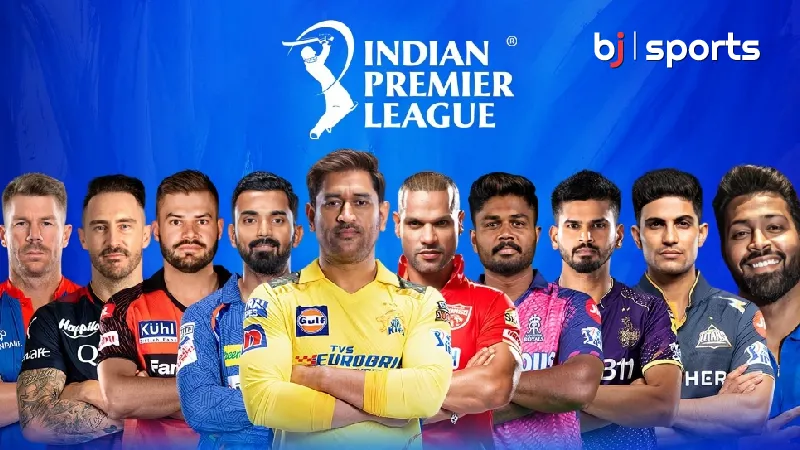 IPL 2024: An Overview of Teams, Players, and More
IPL 2024: An Overview of Teams, Players, and More Lasith Malinga’s Mastery: The Slinga’s Impact on T20 World Cup Cricket
Lasith Malinga’s Mastery: The Slinga’s Impact on T20 World Cup Cricket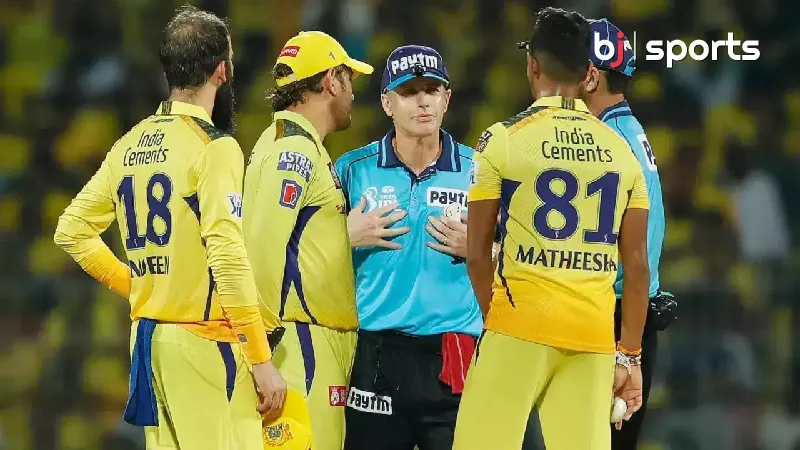 The IPL Umpire: A Representation of Sportsmanship and Fair Play
The IPL Umpire: A Representation of Sportsmanship and Fair Play Beyond Borders: IPL’s Role in Shaping Global T20 Leagues, Bridging Nations Through Cricket’s Grandest Stage!
Beyond Borders: IPL’s Role in Shaping Global T20 Leagues, Bridging Nations Through Cricket’s Grandest Stage!

